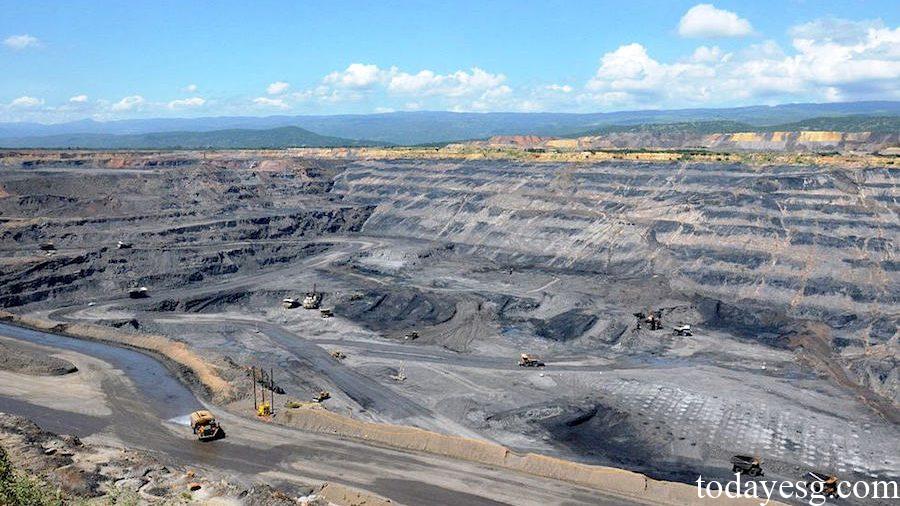Global Coal Report
The International Energy Agency (IEA) releases the 2023 Global Coal Report, which aims to analyze the supply and demand relationship and price changes in the coal market and research the impact of energy transition on global market.
In 2023 Global Coal Report, IEA finds that global coal demand reaches an all-time high in 2022. Coal is still the core energy source for power generation and steel production and is crucial in the world economy. However, coal is also the largest source of carbon dioxide emissions, and its production is closely linked to global climate goals. The IEA expects global coal demand to peak within this decade.
Related Post: International Energy Agency Releases Emerging Market Clean Energy Report
Global Coal Demand Analysis
Global coal demand reaches a record high of 8.4 billion tons in 2022, an increase of 4% from the previous year. Increased natural gas prices have increased demand for coal-based power generation. China accounts for more than half of the world’s coal demand and is the world’s largest coal consumer, with 60% of coal used for power generation. In the future, global coal demand will still be concentrated in East Asia, with China, India and ASEAN countries accounting for more than 75% of the total demand.
The IEA believes that 2023 is the peak of global coal demand, which may increase by 1.4% compared with 2022. Global coal demand may begin to decline starting in 2024, which may come from declining electricity demand, the development of renewable energy and climate policy requirements. Although the world has seen brief declines in coal demand over the past few decades, this demand decline is likely to last longer and ultimately lead to structural changes. Half of global renewable energy investment comes from China, and changes in China’s demand for coal will become an important factor affecting the total global demand.

Global Coal Supply Analysis
The IEA believes that global coal supply will peak with coal demand in 2023 and then begin to decline. New projects in the coal industry face stricter environmental, social and governance standards, which are already reflected in project financing. China’s coal production increased by 9% in 2022, and this growth may be 1.3% in 2023. Improvements in mining facilities and the emergence of safety measures may slow coal production growth, while China has imported large quantities of coal since 2021 and market inventories have been reorganized.
India’s coal production will increase by 12% in 2022, and coal production may increase by 11% in 2023, reaching 1 billion tons for the first time. These increases are mainly achieved through commercial coal mine auction mechanisms and will reduce import dependence. Australia exports a large amount of coal to India in 2022. Against the backdrop of India’s subsequent increase in production, Australia’s coal exports are expected to decline.
High profits from the coal production industry in 2021 and 2022 have driven supply growth, but developments in ESG have seen banks begin to decarbonize their investment portfolios, putting pressure on new coal financing. Insurers are reducing coverage for new items and premiums are rising. As production costs gradually increase, profit levels may fall.
Global Coal Price Changes
Global coal prices reach a record high in 2022. On the one hand, it results from the increase in natural gas prices, and on the other hand, it results from the negative impact of rainfall and floods on coal mining. The price differential between different qualities of coal (distinguished by its calorific value) continues to rise, with the price difference between thermal coal (mainly used for power generation) and metallurgical coal (mainly used for steel production) reaching $342 per ton. These spread levels remain higher until 2023 than in 2021.
International coal trade contracts are mainly signed in US dollars, so the exchange rate is crucial to coal trade and price changes. The currencies of major importing countries appreciate against the US dollar in 2021, and falling procurement costs push up import activity in 2022. In 2022, the U.S. dollar appreciates against other currencies and rising trade costs keep coal prices at highs since 2021. The IEA expects global coal trade volume to decline by 12% in 2026.
Reference:








